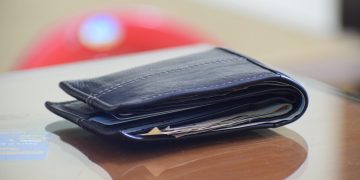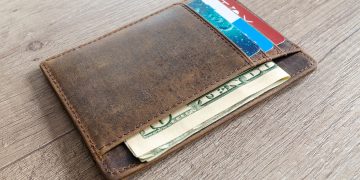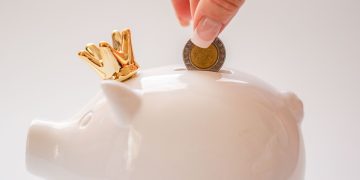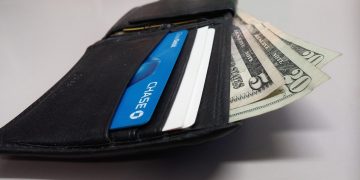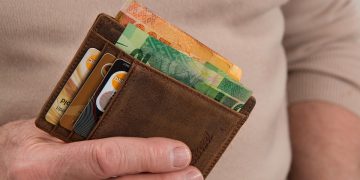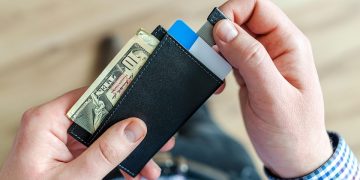How to Build an Emergency Fund in 5 Simple Steps
Building an emergency fund is a crucial step in ensuring financial security. It provides a safety net that can help you manage unexpected expenses without relying on credit cards or loans. Whether it’s for sudden medical bills, home repairs, or even job loss, having an emergency fund can significantly ease financial stress. This comprehensive guide will outline five simple steps to help you build a robust emergency fund, ensuring you are well-prepared for any financial surprises.
Step 1: Set a Clear Target for Your Emergency Fund
The first step in building your emergency fund is to determine how much money you need to save. Most financial advisors recommend saving enough to cover three to six months’ worth of living expenses. Start by calculating your essential monthly expenses, including housing, utilities, groceries, and transportation. This will give you a clear target to aim for. For instance, if your monthly expenses are $3,000, your emergency fund goal should ideally be between $9,000 and $18,000.
Key Tip: Tailor your emergency fund to your personal situation—if your job security is high, you might opt for three months’ savings. If it’s lower, consider leaning towards the six-month mark for extra security.
Step 2: Choose the Right Place to Keep Your Fund
Once you know how much you need to save, the next step is to decide where to keep your emergency fund. The ideal location for your fund is somewhere accessible but not too easily spent on non-essentials. High-yield savings accounts are perfect as they offer higher interest rates than regular accounts, allowing your money to grow while still being readily available when needed.
Other options include money market accounts or certificates of deposit (CDs), which may offer higher returns but come with restrictions on fund access. Ensure that your choice aligns with your need for quick access in an emergency.
Step 3: Create a Monthly Saving Plan
With a target and a place to keep your fund set, you now need to plan how to save the required amount. Start by reviewing your budget and identifying areas where you can cut back. Common saving methods include reducing dining out, canceling unused subscriptions, or cutting down on luxury expenses.
Set up an automatic transfer to your emergency fund from your checking account each payday to ensure consistent saving. Even small amounts can build up over time, so don’t get discouraged by starting small—consistency is key.
Step 4: Stay Committed and Adjust as Needed
Building an emergency fund is a marathon, not a sprint. It requires commitment and regular review. Track your progress monthly and celebrate milestones to stay motivated. If your financial situation changes, for instance through a salary hike or reduced expenses, adjust your saving rate accordingly.
Life may throw curveballs that necessitate dipping into your emergency fund—just make sure to replenish it afterwards. Remember, the primary purpose of this fund is to have financial backup in times of need, so maintaining it should be a priority.
Step 5: Protect and Review Your Emergency Fund
Your emergency fund should evolve with your financial circumstances. Regularly reviewing and adjusting your fund is essential. Factors such as a change in household income, a new family member, or a move to a more expensive city should prompt a re-evaluation of your fund needs.
Additionally, protect your emergency fund by only using it for true emergencies. Avoid the temptation to tap into it for non-urgent expenditures that can be covered by discretionary spending.
Frequently Asked Questions About Building an Emergency Fund
1. How quickly should I build my emergency fund?
The timeline for building an emergency fund varies depending on your income stability and existing financial obligations. Focus on setting achievable goals within your budget constraints and consistently save towards your target.
2. What if I have high debt? Should I still save for an emergency fund?
Yes, start with a smaller emergency fund, typically aiming for $1,000, then prioritize debt repayment. Once your high-interest debt is under control, redirect your efforts towards growing your emergency fund to the desired level.
3. Can I invest my emergency fund for higher returns?
It’s advisable to keep your emergency fund in highly liquid and low-risk accounts. The primary purpose of these funds is accessibility and security, not growth.
In conclusion, building an emergency fund is an essential step towards financial wellness. By following these five simple steps, you can prepare yourself for life’s unpredictable financial challenges and achieve peace of mind. Start small, be consistent, and watch your financial security grow alongside your emergency fund.


